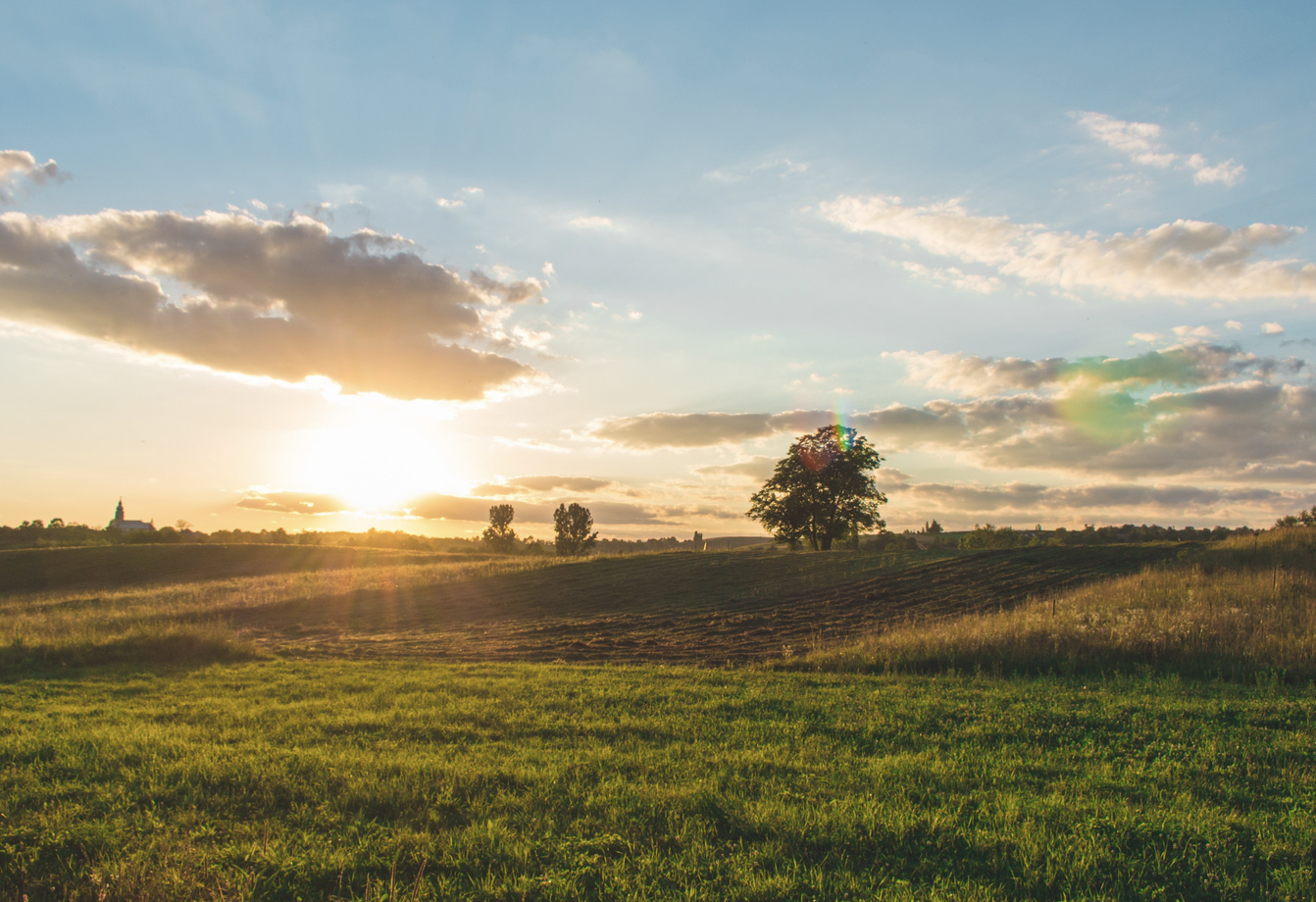Rapid crop disease detection. SwiftDetect can reveal the level of disease in your crop even in the latent period, with results in 1 business day.

Recommended Content
Content below is from across the PEP community and is not necessarily endorsed by Stewards or by PEP
Connected Content
Triticale is a cross between wheat and rye. It has been shown to be a high yielding relatively low input crop that can do well in second cereal and less fertile conditions, but its adoption is hampered by lack of a reliable consistent market.
Inchdairnie Distillery Ltd produces Single Malt Scotch Whisky and Single Grain Scotch Whisky. At present we consume 5,000 tons of malted cereal per year.
Barley is the fourth most important cereal crop in the world, grown in more than 100 countries and used for animal feed, human food and the production of alcohol.
Grass weeds are a major challenge in UK agriculture and are often highly competitive in arable crops. Some of the most common grass weeds in the UK include: Black-grass (Alopecurus myosuroides), Italian rye-grass (Lolium multiflorum), Brome (Bromus sp.), wild-oats (Avena sp.), Couch grass (Elytrigia repens), annual meadow grass (Poa annua) and Rat's-tail Fescue (Vulpia myuros). You can find specific topic pages for black-grass and brome. See also related topics of: broad-leaved weeds, herbicides, herbicide resistance and integrated weed management
Broad-leaved weeds are a varied group of weeds that can grow and cause significant problems in arable fields in the UK. Some of the most common broad-leaved weeds in the UK include: Common Chickweed (Stellaria media) , Scentless Mayweed (Tripleurospermum inodorum), Common poppy (Papaver rhoeas), Charlock (Sinapis arvensis L.), Fat-hen (Chenopodium album L.), Common groundsel (Senecio vulgaris), Docks (Rumex spp) and Creeping thistle (Cirsium arvense). See also related topics of: grass-weeds, herbicides, herbicide resistance and integrated weed management.
Ergot is a fungus that grows on rye, triticale, wheat and barley, and to a lesser extent, oats. It also affects a wide range of grasses, particularly blackgrass. Although the disease has a relatively small effect on yield, ergots contain large amounts of toxic alkaloids that can pose a pose a risk to animal and human health.
Sustainable agriculture through legume-cereal intercropping. The LEGUMINOSE project will provide science-based, farmer-led, and economically viable systems and techniques for legume-based intercropping. In the UK the Farm Living Labs will be run as an Innovative Farmers field lab [https://www.innovativefarmers.org/]. We are looking for 20 farms to take part in trials looking at yield and soil health benefits of intercrops from a range of crop mixes in organic, conventional and regenerative systems as well as in different locations across the UK. If you are interested contact Jerry [email protected] We'd also love to hear from farmers about their experiences of intercropping, or what prevents them from practicing it! Please help the project by completing this anonymous questionnaire (it takes about 15 minutes). Thankyou.
Catch crops are grown post-harvest or following silage, these crops hunt nutrients to reduce leaching from the soil while also allowing cover for the soil which prevents erosion.
In partnership with The Andersons Centre, AHDB have published an update to The Characteristics of Top-Performing Farms in the UK, a piece of work which remains popular with farmers.



